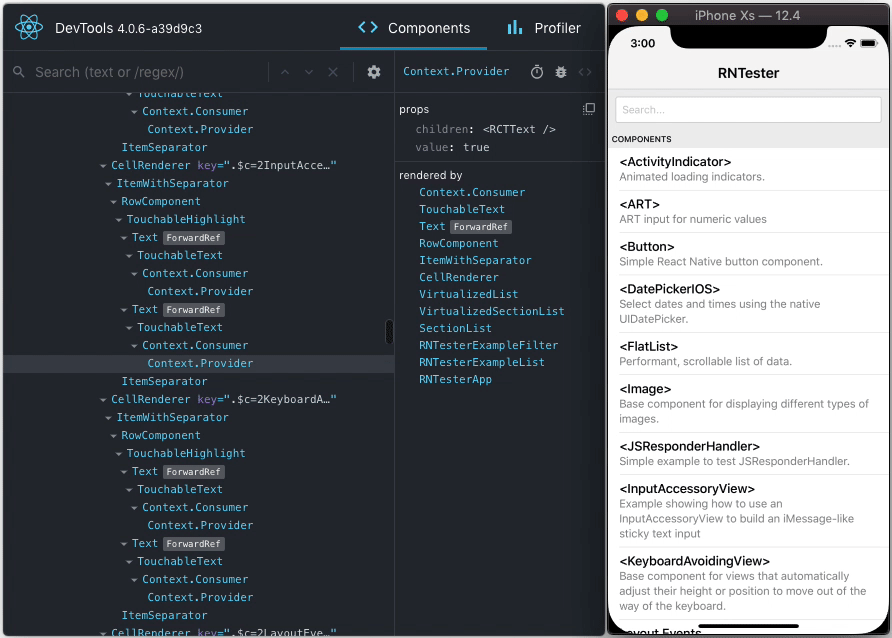

- #Npm html inspector install#
- #Npm html inspector code#
- #Npm html inspector license#
- #Npm html inspector download#
Vehicle sensor data ( Sensor Data Ingestion Interface (SDII)) visualized with the dedicated rendering engine that requires no specific rendering plugin: Figure 7. Several layers from the HERE Map Content catalog ( Cartography, Roads - Topology & Geometry, and Building Footprints) visualized out of the box with the special rendering engine or a dedicated rendering plugin: Figure 6.

GeoJSON data with an altitude property in meters above the ground, like building height, HD lanes elevation, ADAS elevation, or 5G pole heights. Outlines of Berlin districts partitioned by the geographic center of each polygon GeoJSON data visualized with the dedicated GeoJSON rendering engine: Figure 4. Multi-carriageways and motorway interchanges with ramps grouped to enable creation of a basic representation Simulated sensor data in SENSORIS format with speed sign observations, road hazard events, and traffic condition events Figure 3. Protobuf-encoded data visualized with custom GeoJSON rendering plugins: Figure 1. The Data Inspector allows visualizing the following types of data: You can use this functionality to visually debug your pipelines by rendering the pipeline output in the portal and having it overlaid with the input layer(s). Not only you can inspect different layers, but also a few versions of the same layer simultaneously. You can also inspect up to 4 datasets at the same time - either layers from the platform or local partitions.

#Npm html inspector download#
Moreover, the Data Inspector allows you to download data for a selected partition for further analysis in these formats: In fact, a number of platform data sets already have a schema and plugin attached so that you can enjoy automatic decoding and visualization for these data layers out of the box. This way, they can benefit from the visualization that you've created. So, when you share your data with someone, the schema and the plugin are implicitly shared with it. The platform lets you attach a GeoJSON plugin to your schema. In case the data is already formatted as GeoJSON, it renders directly. It lets you view the data visually on a map using a GeoJSON plugin to transform the data and a GeoJSON rendering engine to visualize it. It offers visual clues on where your data is located and how it is distributed geographically. The point-and-click UI that lets you interact with the data. This interface is called a GeoJSON rendering plugin and it transforms your Protobuf-encoded data to GeoJSON. One that lets you programmatically create a visualization for Protobuf-encoded data by defining which elements of your data shall be presented and in what way. The Data Inspector essentially consists of these two interfaces: Inspecting data on the HERE platform – structurally as well as visually – can help you understand the data’s value for your use case or can help you debug the data that you produce on the platform yourself. The Data Inspector addresses developers, data scientists, and business analysts. Best Practices for Rendering Plugin Creation.Use the npm CLI to directly inspect registry information using the npm view command and download the compressed tarball of an NPM package using the [ npm pack command.
#Npm html inspector install#
#Npm html inspector code#
This field allows the code to be loaded as a module via the require method if there’s a named export. The field should point to a module ID, relative to the root of the package folder.
#Npm html inspector license#
The name of the license the package uses.Custom field containing an icon asset URL.Intended for use by computers, not humans. Keywords to make your package discoverable on the public NPM registry.The package.json metadata above contains the following fields:

"description": "Lodash modular utilities.",


 0 kommentar(er)
0 kommentar(er)
